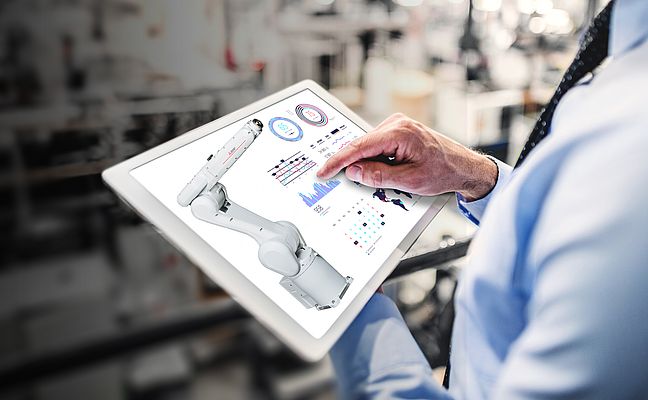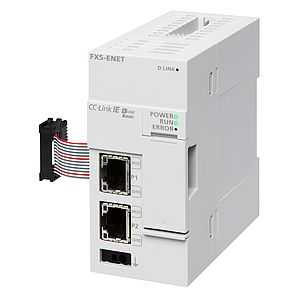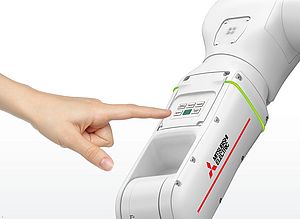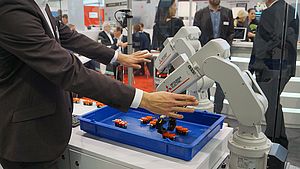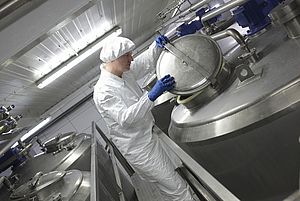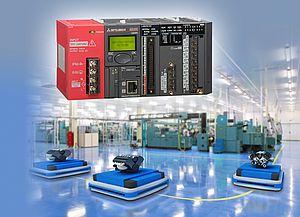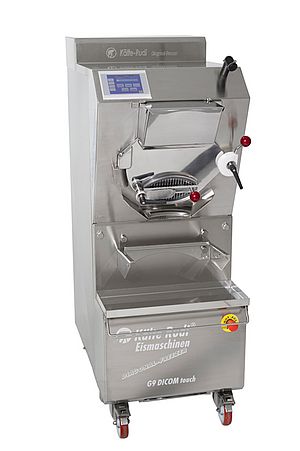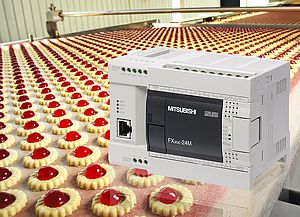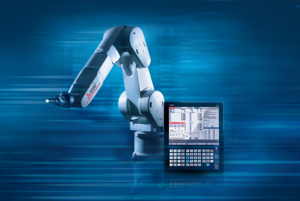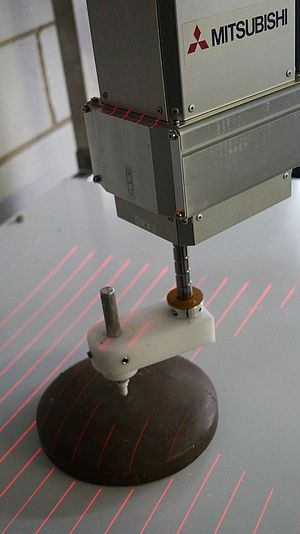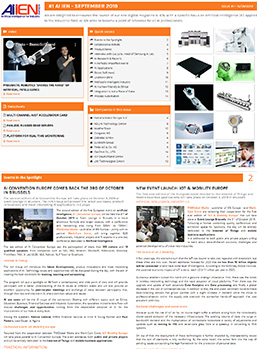A recent Frost & Sullivan report estimated the cost of unplanned downtime for industrial manufacturers in excess of €45bn. It noted that 42% of unplanned downtime was primarily caused by factory equipment failures. The cost of unplanned downtime extends much further than lost production. Unplanned outages force a reactionary and costly approach to maintenance, repair and equipment replacement in an effort to get the line up and running as quickly as possible. Predictive maintenance, in contrast, provides an early warning of failing or deteriorating parts. Having this information gives service teams the opportunity to perform any maintenance well in advance of any actual failure, so reducing unplanned downtime.
Modern predictive maintenance technologies are becoming ever smarter. Indeed, the same Frost & Sullivan report estimated that these technologies could drive productivity gains of 66% among maintenance teams.
Predictive maintenance as game-changer
We are already seeing the integration of predictive maintenance tools such as Mitsubishi Electric’s Smart Condition Monitoring (SCM) technology, which provides early warning of impending failure on rotating machinery. But there is more to come, with artificial intelligence (AI) offering the potential to take predictive maintenance to a new level.
Applying AI-based machine learning algorithms drives even greater insights into the machine’s operation, not simply comparing current performance with pre-established baselines but going further to base decisions on real-time data and past trends.
AI-based predictive maintenance in action
A good example of AI-based predictive maintenance in action is the application of Mitsubishi Electric’s MELFA Smart Plus to its latest generation of industrial robots. This integrated technology precisely monitors the length of time each of the main robot components is in motion; and derives maintenance schedules according to actual operating conditions. It also offers simulation capabilities to predict the robot lifetime during the design phase of the application and to estimate the annual maintenance costs. This gives engineers the opportunity to modify the robot’s operation to extend the lifecycle.
MELFA RV-8CRL industrial robot
Mitsubishi Electric’s MELFA RV-8CRL will be the latest industrial robot to benefit from the Smart Plus technology. This robot has been built from the outset to minimise maintenance requirements. It incorporates features such as a beltless coaxial drive mechanism for reduced wear. It also uses the latest servomotors from Mitsubishi Electric which eliminates the need for batteries to back-up the robot’s internal encoder. Combining these advanced design features with AI-based predictive maintenance can significantly increase availability by preventing unscheduled downtime.
There is still much more to come from AI-based predictive maintenance, and Mitsubishi Electric is at the forefront of these technologies, enabling companies to derive the maximum gains from artificial intelligence.
By Oliver Giertz, Product Manager EMEA for Servo/Motion and Robotics at Mitsubishi Electric Europe



